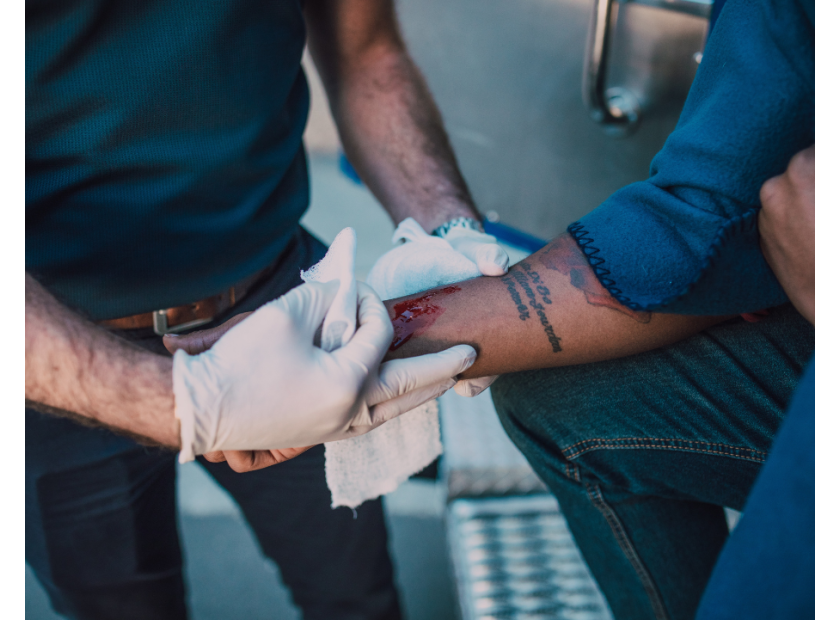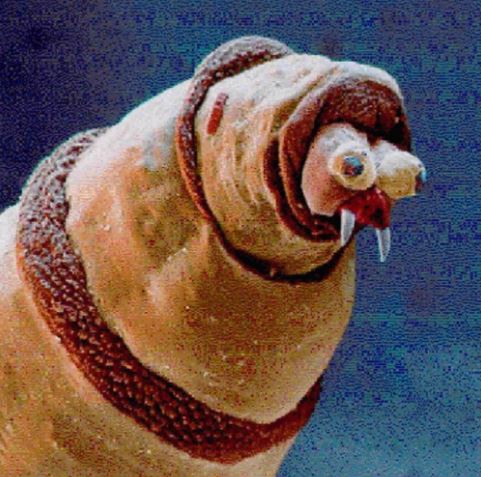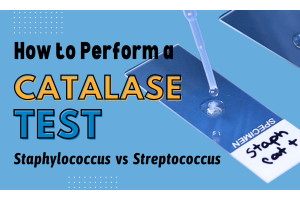Effective Maggot Wound Therapy
Maggots to the rescue? How Revolting!
The First World War was a huge tragedy for humanity, but it represented a source of significant progress for physicians to improve their knowledge in the treatment of lesions and wounds.
The most frequent causes of death at the time, surprisingly, were not related to gunshots or chemical warfare but, rather, due to fractures, tetanus, and septic complications of infectious diseases. (1) Dr. William Baer, an orthopedic surgeon, noticed a couple of his patients were left on the field for days with maggot-infested wounds.
The maggots had been effective at eating away dead tissue: this helped prevent bacterial infection and improve blood flow, which helped heal fracture wounds. (2)
The rapid rise of maggot therapy during the time was short lived with the advancement of penicillin and other antimicrobials. However, the emergence of antibiotic-resistant microorganisms has resulted in the revival of maggot therapy in research and clinical practice. (3)
So how does maggot therapy work? Maggots have two main mechanisms used to heal wounds: biochemical and mechanical. The first is the secretion of enzymes used to liquefy tissue to facilitate consumption. The second is through mechanical debridement methods, such as wriggling movements that loosen tissue or their mouth hooks (shown above) to dislodge tissue. Along with removing dead tissue, this clearing function helps reduce the potential for bacterial infection and facilitate regrowth of healthy tissue. (4)
It has long been suspected that larvae possess an antimicrobial quality. Research done by Robinson and Norwood expanded on the antimicrobial properties of Lucilia sericata larval excretions and secretions, as well destruction of bacteria in the larval digestive system. (5)
Further research by Simmons also found non-disinfected larvae prevented growth of Staphylococcus aureus with a 5 to 10 minute incubation.
More recently, there has been particular interest in understanding and identifying new therapeutic properties with the rise of methicillin-resistant Staphylococcus aureus (MRSA). (6)
Maggots secrete effective antimicrobial substances!
Modern research may soon have promising in vitro results for clinical applications.
Bexfield et al. demonstrated two low antibacterial compounds isolated from larval secretions presented bacteriostatic activity against 12 MRSA strains. (7)
Moreover, Zhang et al. showed that antimicrobial proteins from maggots (MAMP) promote wound healing in mouse skin models infected with Staphylococcus aureus. (8) A study by Hirsch et al. also indicated two linear cationic antimicrobial peptides (AMPs) inhibited up to 90% of multi-drug resistant gram-negative bacteria. (9)
Current research is focused on how these secretions exhibit anti-biofilm, antiviral, and antifungal properties.
The main barrier to more widespread use of maggot therapy appears to be public perception or the “YUCK!” factor.
In an online survey by Swansea University’s, College of Human and Health Services found only 36% of the surveyed public agreed they would accept maggot therapy as a first choice for hypothetical painful wounds.
However, the number of respondents accepting the treatment would increase with increasing wound severity. (10) In the clinical setting, almost one-third of nurses surveyed said they found maggots disgusting and the idea made their “skin crawl.”
However, wound specialized nurses are more likely to embrace this kind of therapy. (11)
Because humans are composed of bacteria, viruses, fungi, archaea, and human cells, what is a few maggots added to the mix?









